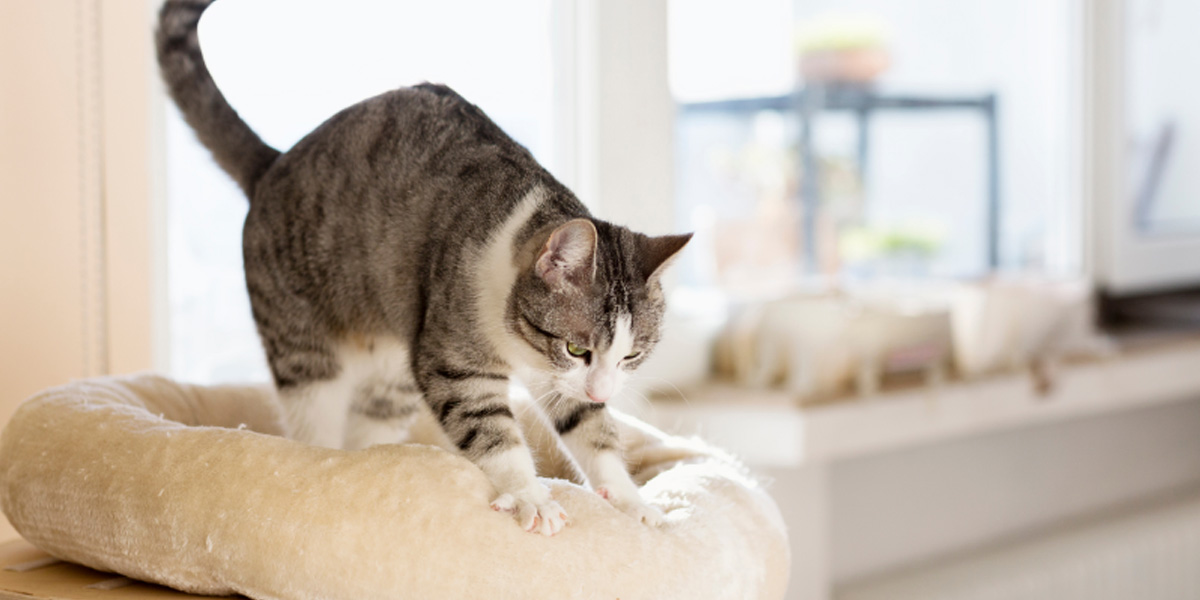Why do Cats Knead?
Doctor of Veterinary Medicine

While efforts are made to answer all questions as quickly as possible, if an immediate answer is required or if your pet is in need of urgent or emergency care, contact your pet's veterinarian immediately.
Doctor of Veterinary Medicine

You will receive an answer from Dr. Lindsay and our vet/tech team as soon as possible, usually the same day.
All answers are provided for informational or educational purposes only, and are intended to be a supplement to, and not a substitute for, the expertise and professional judgment of your pet's veterinarian.
It may be necessary to consult your pet's veterinarian regarding the applicability of any opinions or recommendations with respect to your pet's symptoms or medical condition.
CloseDoctor of Veterinary Medicine

An error has occurred, please reload the page and try again.
CloseWhile efforts are made to answer all questions as quickly as possible, if an immediate answer is required or if your pet is in need of urgent or emergency care, contact your pet's veterinarian immediately.
There is no answer related to your question

While cats and dogs have some similar behaviors, there are a variety of behaviors we will only see cats do. For example, scratching, self-grooming, and face rubbing are common cat-only behaviors. A less common, but very special behavior we see is kneading.
What is cat kneading?
Kneading, sometimes referred to as "making bread" because the motion resembles kneading dough, is the action cats do by pushing their front paws down and out on a soft surface. While alternating between paws, some cats will knead with claws out and some will knead with their claws relaxed. It seems to be most common for cats to stretch out their claws when kneading. The motion is usually a steady, rhythmic act, which is usually accompanied by purring and ends with a little cat nap.
Why do cats knead?
Marking territory
Not only do cats have scent glands on their cheeks, they also have them on their paw pads. When they knead, the glands on their paws release their scent wherever they are pressing down. So when your cat is on your lap kneading your thighs, he or she is actually marking you as their territory.
Instinctual
Cats actually start kneading when they are just tiny, little kittens. When newborn kittens are nursing, they will knead their mother's stomach to stimulate her milk production. This instinct likely follows them because cats might associate the act of kneading with getting a reward: milk.
Stretching out
One of the reasons why cats love tall scratching posts so much is because they love to stretch out their joints and muscles. For example, if you don't have a tall enough scratching post and your cat is scratching your couch or wall, that might be the reason. Kneading is another way to stretch out different areas of their body and it feels good for them to do it.
Nap time/Nesting
Cats like to sleep on comfortable surfaces. Cats' wild ancestors would knead down grasses or leaves to make a comfortable spot to lie down. Domestic cats today will do the same thing with their bed, a pile of laundry, or a blanket.
Going into Heat
When female cats are just about ready to go into heat, they might knead a male cat to send signals that it is mating time.
 Swipe
Swipe



























